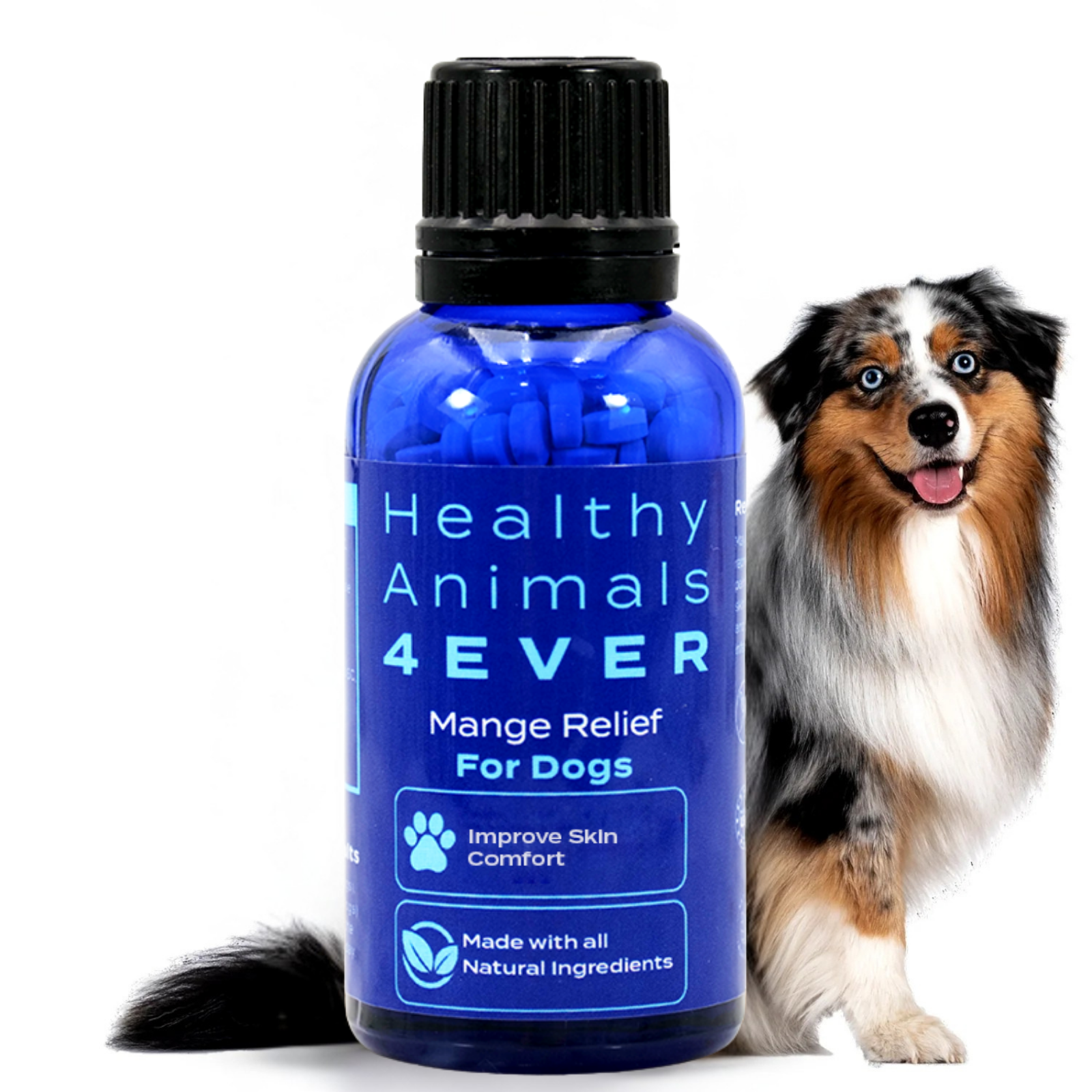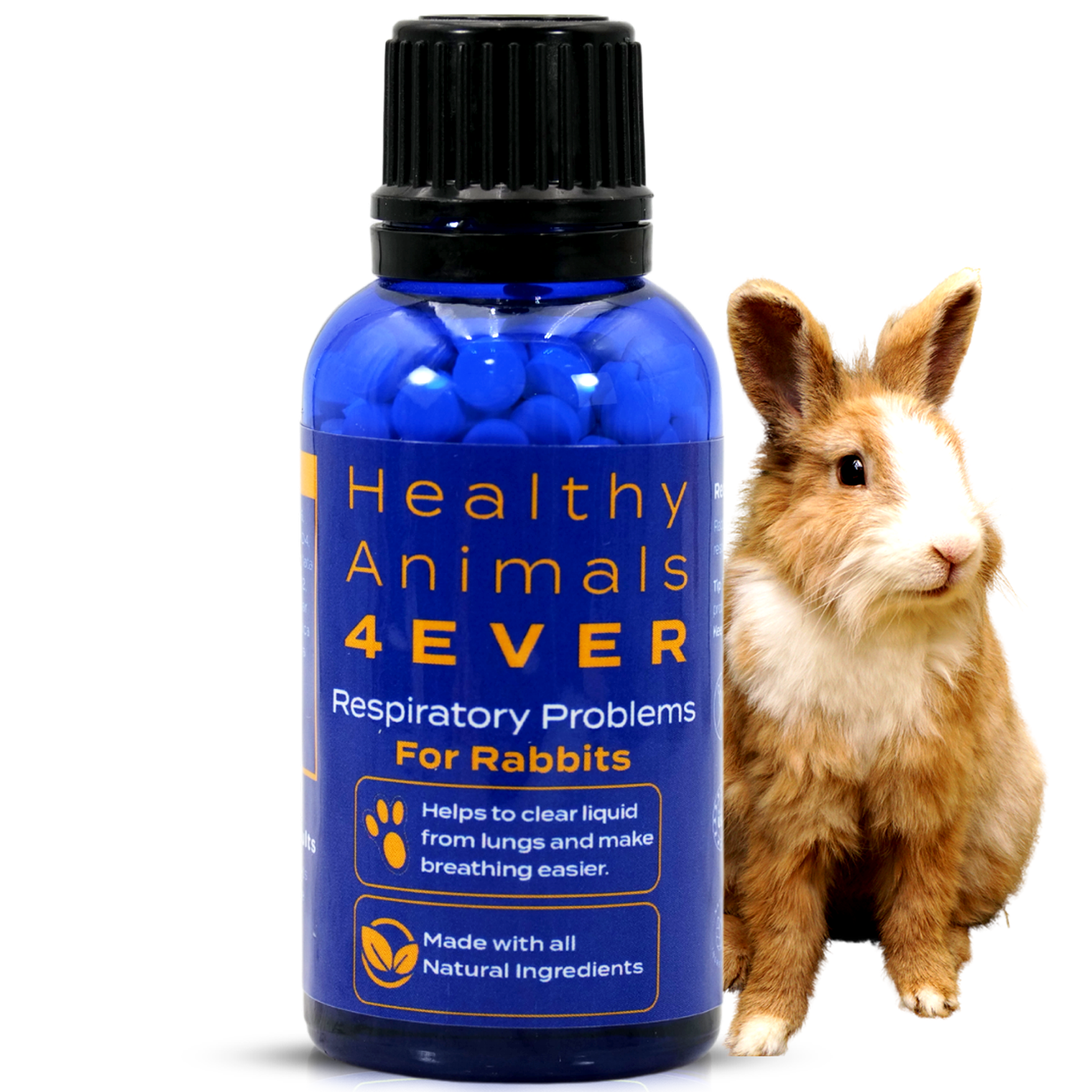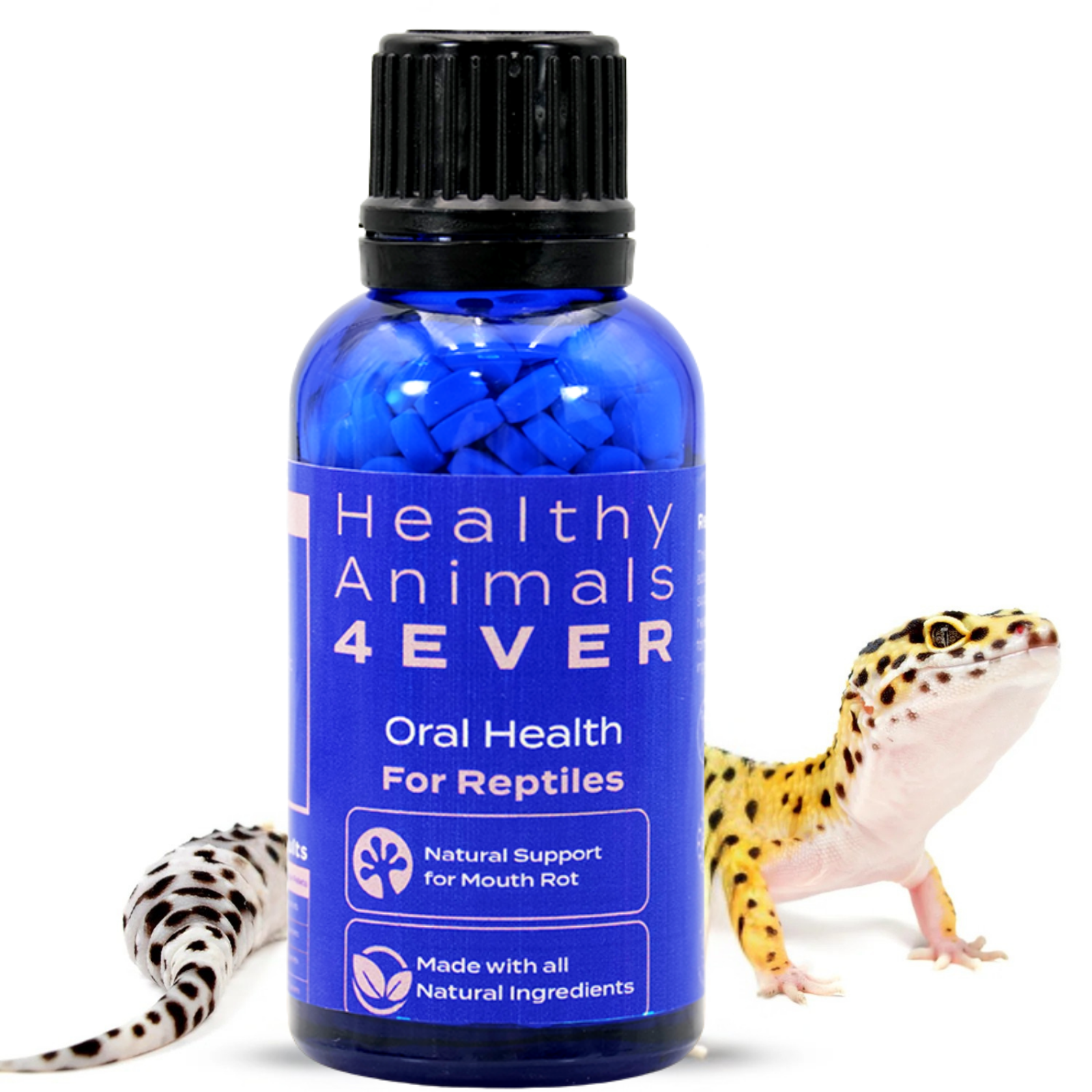Natural Flea and Tick Prevention for Dogs
Fleas and ticks can really affect your dog’s wellness and comfort. Many treatments work, but they often rely on strong chemicals that some people prefer to avoid. If your dog has sensitive skin, allergies, or you just want a gentler approach, natural flea and tick prevention for dogs can be a good option!
This guide walks you through what fleas and ticks are, how they show up, and practical ways to prevent and treat them using safe and natural methods. The goal is simple: keep your dog healthy, comfortable, and free from pests… without adding unnecessary risks!
Skin Allergy Rash and Irritations is a natural allergy remedy for all dogs. Helps heal irritated & infected skin. It may provide relief from insect bites. Provides a calming effect. All-natural formula. Easy to use.
What Are Fleas and Ticks?
Fleas are tiny and hard to spot. They live off your dog’s blood and move fast. You might notice your dog scratching a lot, chewing at their fur, or see little black specks in their coat (that’s flea dirt, basically flea poop). The problem is, fleas don’t just live on your dog. Their eggs can stay hidden in carpets, bedding, or even in your yard. That’s why they can come back even after you think you’ve gotten rid of them.
Ticks are bigger and easier to see. They latch on and feed slowly, often after your dog’s been in tall grass or wooded areas. Some ticks carry diseases like Lyme disease, which can be serious if not treated.
Both fleas and ticks can hitch a ride into your home after a walk, a trip to the park, or contact with other animals. Once they’re in, they’ll stay unless you do something about it.

Natural Prevention Methods
Stopping fleas and ticks before they become a problem is much easier than dealing with an infestation. Here are a few natural ways to help keep them away:
1. Use safe, natural repellents
Some essential oils like lavender, cedarwood, and lemongrass can help repel pests. They must be diluted properly before using on dogs, because some oils can be toxic if used the wrong way. Always check what’s safe before trying it.
Here’s a DIY recipe that’s gentle but effective:
Ingredients
-
1 cup distilled water
-
1 cup apple cider vinegar (diluted kind, not concentrated)
-
5 drops lavender essential oil
-
5 drops cedarwood essential oil
-
3 drops lemongrass essential oil
Instructions
-
Pour the water and vinegar into a clean spray bottle.
-
Add the essential oils
-
Shake well before each use.
-
Lightly mist your dog’s coat, avoiding the face, eyes, and genitals.
-
You can also spray bedding or blankets.
Safety tip: Always test a small area on your dog’s coat first to check for skin sensitivity. Never use essential oils undiluted, and don’t use this on puppies under 12 weeks old or pregnant dogs without checking with your vet.
2. Try natural collars, sprays, and powders
There are flea collars made with herbs and natural oils, as well as sprays or powders with ingredients like neem or food-grade diatomaceous earth. These make your dog’s coat less inviting to pests.
3. Support their health
A healthy dog is less attractive to pests. Good nutrition, and in some cases, small additions like coconut oil or brewer’s yeast, can help keep their coat and skin in good shape.
All Digestive offers natural digestive support for dogs. Helps with stomach upset, diarrhea, and gastritis. It aids in restoring digestive balance and your pet's comfort. All-natural formula. Easy to use.
4. Keep their environment clean
Vacuum regularly, wash your dog’s bedding in hot water, and keep grass and bushes trimmed. This makes it harder for fleas and ticks to survive around your home.

Natural Treatment Options
Even with the best prevention, fleas or ticks can still sneak through. If that happens, you can use natural methods to help get rid of them.
1. Give your dog a thorough bath
A bath with mild, natural shampoo (like one made with oatmeal or diluted castile soap) can wash away many fleas. Adding a little diluted apple cider vinegar to the rinse water can also help make your dog’s coat less appealing to pests.
2. Use a flea comb
This is one of the simplest and safest tools you can have. Run the comb slowly through your dog’s fur, especially around the neck, tail, and belly. Dip the comb into soapy water to kill any fleas you catch.
3. Try natural sprays or rinses
Homemade sprays using diluted cedarwood, lavender, or lemon can help repel fleas after a bath. Just remember that they must be safe for dogs and properly diluted.
Here’s one you can try:
Ingredients
-
1 liter water
-
2 tablespoons dried rosemary
-
2 tablespoons dried lavender
-
Juice of 1 fresh lemon
Instructions
-
Boil the water, then remove from heat.
-
Add rosemary and lavender, cover, and let steep for 20–30 minutes.
-
Strain the herbs out, let the liquid cool completely, then stir in the lemon juice.
-
After bathing your dog, pour the rinse slowly over their coat, working it in with your hands.
-
Let it air dry; no need to rinse it out.
Safety tip: Make sure the rinse is cool before applying, and avoid the eyes and mouth.
4. For ticks, remove them right away
Use tweezers or a tick removal tool. Grab the tick as close to the skin as possible and pull it out slowly and steadily. Don’t twist, squeeze, or try to burn it, as that can make things worse. Clean the area after with mild soap and water.
If the infestation is heavy or your dog seems unwell, consult your vet.

Safety Considerations
Natural doesn’t always mean safe, especially when it comes to dogs. A few things to keep in mind:
-
Check before using any essential oil: Some, like tea tree, pennyroyal, and wintergreen, are toxic to dogs even in small amounts.
-
Always dilute oils: Undiluted oils can burn your dog’s skin or make them sick.
-
Watch for reactions: If your dog starts itching more, loses fur, or seems uncomfortable after trying something new, stop using it and rinse them off.
-
Keep your dog from licking treatments: Even safe ingredients can cause stomach upset if swallowed.
The goal is to make your dog comfortable and protected, not add more problems. When in doubt, talk to your vet before trying a new remedy.

Supporting Your Dog’s Immune System
A strong, healthy dog is naturally better at fighting off pests and the problems they cause. While good prevention is key, building up your dog’s overall health makes a big difference too.
Feed a balanced diet
Good nutrition keeps your dog’s skin and coat healthy, which makes it harder for fleas and ticks to get comfortable. High-quality protein, healthy fats, and fresh veggies (in dog-safe forms) all help.
Add helpful supplements
Some owners use small amounts of coconut oil or brewer’s yeast in their dog’s food. Omega-3 fatty acids (from fish oil or flaxseed oil) can also improve skin health. Just make sure any supplement is safe for dogs. Our Daily Multi+ is also a great (and 100% safe) option for daily wellness support!.
Daily Multi+ offers all-in-one natural support for your pet’s joints, organs, digestion, and coat. Helps ease joint pain, promote liver and heart health, and boost nutrient absorption for overall wellness. Supports healthy skin and a shiny, lustrous coat. All-natural formula. Easy to use daily.
Reduce stress
Stress can weaken your dog’s immune system. Regular walks, playtime, and a calm environment help keep your dog happy and healthy, which in turn makes them less vulnerable to pests.

When to Seek Professional Help
Natural methods are great for prevention and mild problems, but sometimes you need a vet’s help. Here’s when to make that call:
-
You find a lot of fleas or ticks and can’t get them under control.
-
Your dog is scratching so much they’re losing fur or have red, irritated skin.
-
You see signs of illness, like fever, lethargy, limping, or loss of appetite.
-
You suspect your dog picked up a tick-borne disease.
A vet can confirm what’s going on and guide you on safe treatments. Sometimes that means using conventional medication for a short time, then going back to natural prevention once your dog is better. The important thing is keeping your dog healthy and comfortable.

Bottom Line
Natural flea and tick care is all about balance. Prevention habits, a healthy lifestyle, and safe treatments can protect your dog without exposing them to harsh chemicals. Keep their environment clean, support their immune system, and act quickly if pests show up.
Natural flea and tick prevention for dogs can save your dog (and yourself) a lot of discomfort… and maybe even a few late-night scratching sessions!











